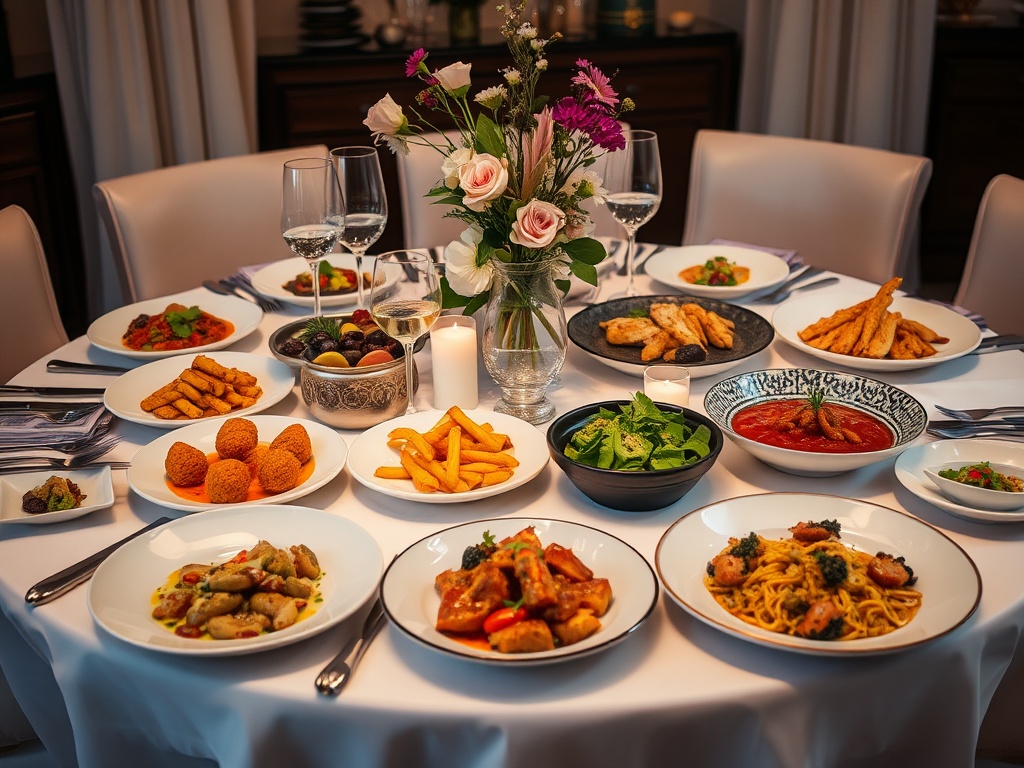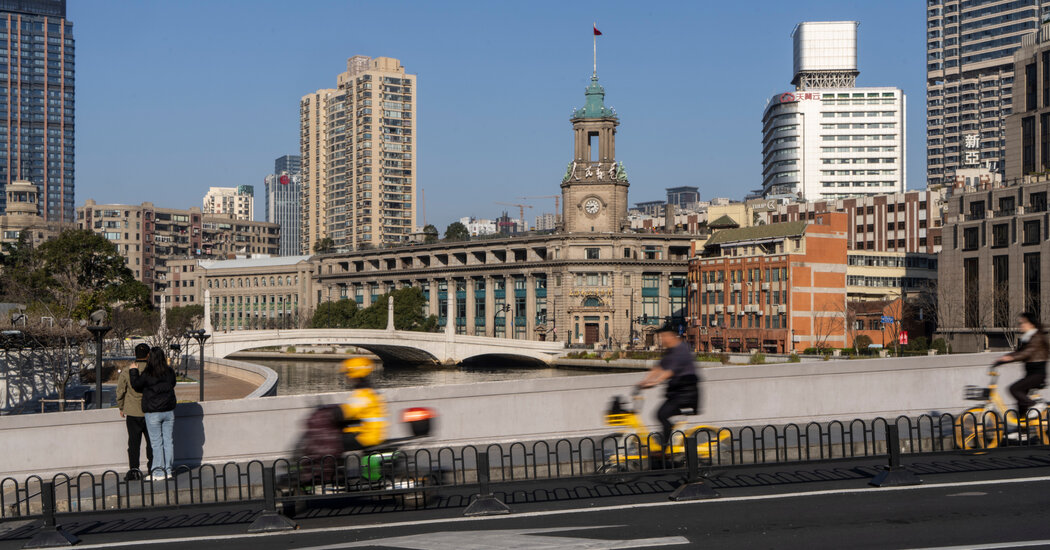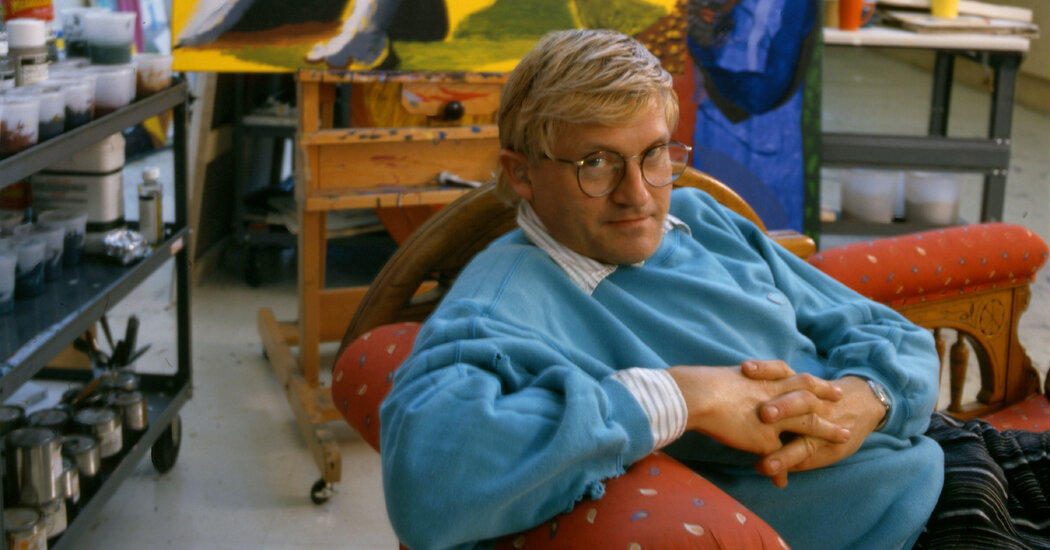The Duchess of Sussex’s Culinary Adventure
On the final day of filming for her highly anticipated Netflix cookery and lifestyle series, the Duchess of Sussex took a moment to express her heartfelt gratitude to the production team. As a token of appreciation, she gifted each member a beautifully crafted piece of cookware from a brand owned by her friend Shiza Shahid, known as Our Place. This brand has garnered immense popularity, once boasting a staggering 30,000-person waiting list for its renowned Always Pan, thanks to endorsements from high-profile celebrities like Oprah Winfrey, Cameron Diaz, David Beckham, and Selena Gomez.
A source close to the production shared, “She delivered a touching speech on the last day of filming and generously gifted the Our Place pans and wooden spoons to the entire crew, even engraving them with her own handwriting.” The source noted how Meghan, despite her reputation for having high expectations, proved to be easy to work with, creating a welcoming environment for the tight-knit team. “It’s a close group, and she made everyone feel included,” they added.
This thoughtful gesture encapsulates the essence of her upcoming eight-part Netflix series, With Love, Meghan, which is centered around the chic West Coast lifestyle that the 43-year-old Duchess has fully embraced since stepping back from royal duties five years ago. The Sussexes now reside in the exclusive Montecito area, just 90 miles north of Los Angeles, in their luxurious £11 million, nine-bedroom home, the Chateau of Riven Rock, which comfortably surpasses the average property price of £6 million in the region.
Meghan’s Return to Her Roots

Friends of the Sussexes emphasize that Meghan is returning to her roots and playing to her strengths after navigating a challenging period. She is undoubtedly hoping for a warm reception as she embarks on this new venture, especially following recent criticisms from former President Donald Trump, who labeled her a “terrible” wife.
Meghan and her husband, Harry, 40, have previously expressed their doubts about the new US President, and Trump’s latest remarks indicate that feelings may be mutual. Despite his public critiques and threats of legal action regarding Harry’s past drug use and visa application, insiders reveal that the Sussexes intend to steer clear of party politics, in line with the values upheld during their departure from Britain in 2020.
Commitment to Social Values
Despite a politically charged atmosphere under Trump, the couple remains resolute in their mission to advocate for liberal values. “They are dedicated to their collective vision of ‘showing up and doing good’ in the world,” a well-placed source remarked. This commitment is evident through their recent appearances at the Invictus Games in Canada and their support for various causes in Colombia and Nigeria.
Meghan’s primary focus remains on her upcoming Netflix series. “She’s incredibly excited about it, and we all believe it will be very well received,” a friend commented. The show features Meghan sharing her hosting tips and personal anecdotes with friends such as her Suits co-star Abigail Spencer, actress Mindy Kaling, makeup artist Daniel Martin, fashion designer Tracy Robbins, and photographer Delfina Blaquier, who is married to polo player Nacho Figueras.
Alongside the series, Meghan is launching her own product line, initially named American Riviera Orchard, which has been rebranded to As Ever due to trademark challenges. This rebranding reflects Meghan’s desire to return to her passion for lifestyle content, reminiscent of her previous blog, The Tig, which celebrated culinary delights and sophisticated living.
Embracing New Opportunities
Meghan described her new brand, stating, “As Ever essentially means as it’s always been. If you’ve followed me since 2014 with The Tig, you know I’ve always loved cooking, crafting, and gardening. This is who I am, and I haven’t been able to share it the same way over the past few years, but now I can.”
However, the partnership with Netflix has raised eyebrows among some industry observers, who view the cookery and lifestyle show as a pivotal moment for the couple. Following Prince Harry’s previous series on polo, which failed to attract significant viewership, and their Spotify deal ending after just one 12-part podcast, some are questioning their future in the entertainment industry. “I don’t know what they’ll do if this doesn’t work,” remarked Sally Bedell Smith, an esteemed royal biographer, drawing comparisons between the Sussexes and the Duke and Duchess of Windsor.
Despite the scrutiny, Netflix has indicated its continued support for the Sussexes, with insiders suggesting that there is still patience for the couple’s endeavors. Bela Bajaria, Netflix’s chief content officer, praised With Love, Meghan, highlighting it as a refreshing take on a lifestyle show that showcases the beauty of California, Montecito, and nature.
Looking Ahead
Originally scheduled for a January launch, the series was postponed due to ongoing wildfires in Los Angeles, which the couple actively supported through relief efforts. The decision to delay was made to ensure that the show’s release would align with their philanthropic values, avoiding any appearance of insensitivity during a difficult time for the community.
As Meghan and Harry continue to navigate their public and private lives, their commitment to their children, Prince Archie, five, and Princess Lilibet, three, remains paramount. While they have carved out distinct paths for their professional endeavors, they are expected to collaborate on various projects and international trips, aiming to support communities and champion causes that reflect their shared values.
“Supporting communities is at the heart of their endeavors,” the source concluded, highlighting the couple’s dedication to making a positive impact in the world.




